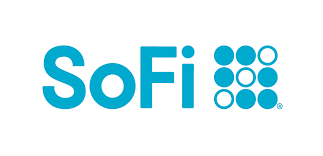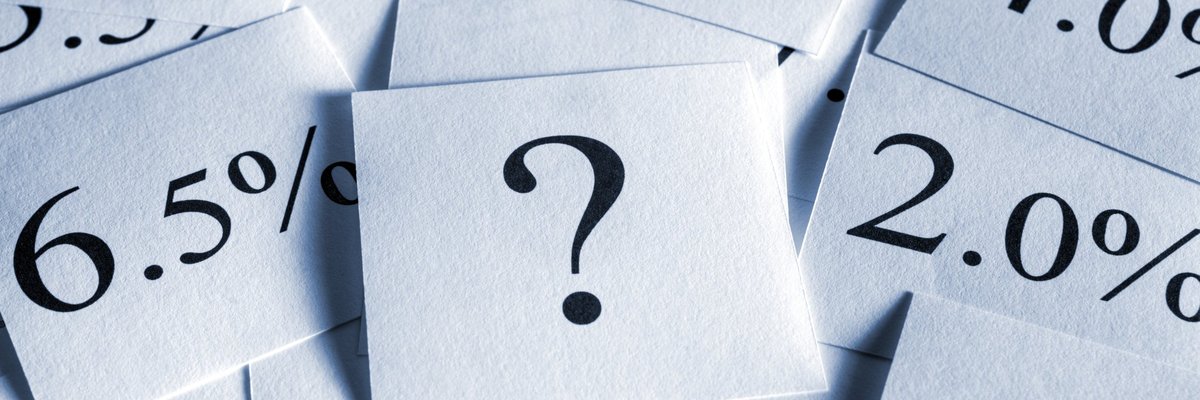Why Your Credit Card APR Is Going Up and What to Do About It
If your credit card debt seems like it's getting more difficult to pay down, here's why.
You may have noticed that your credit card APR has gone up recently. Thanks to a rising-rate environment, it has become more expensive to carry balances on your credit cards over the past few years.
But, why is this happening? And what does it mean to you? Here's a rundown of why your credit cards' APRs have been on the rise lately, what it means to your wallet, and what you can do about the burden of higher-interest expenses.
Why your credit card APR changes
Virtually all credit cards have interest rates, or APRs, that vary over time. The way this works is that your credit card's APR is calculated as a benchmark interest rate plus a certain amount. Commonly, the benchmark will be the U.S. prime rate, which is an interest rate banks give to their highest-credit customers.
As an example, one of my credit cards has a variable APR that is calculated as the U.S. prime rate plus 13.99%. In other words, if the prime rate was 4%, this means that my APR would be 17.99%.
Why are credit card APRs rising now?
The U.S. prime rate is directly based on the federal funds rate, which is the interest rate that the Federal Reserve has the ability to adjust up or down at its policy meetings. Prime rate is generally equal to the high end of the federal funds target rate plus 3%.
The Fed has raised the federal funds target rate nine times in the current rate-hike cycle, but let's take a closer look at what happened at the conclusion of its most recent meeting and how it impacted your credit card APRs.
In December, the Federal Reserve decided to raise the target federal funds rate to a range of 2.25%-2.50%. This was a 25-basis-point (0.25%) increase over the previous range, which is the most common amount by which the Fed raises or lowers interest rates when it chooses to do so. This move increased the prime rate from 5.25% to 5.50% and therefore resulted in an equal increase in the APR charged by most credit cards.
What it means to you
Here's what this means. Let's say that you owe $5,000 in credit card debt at an APR of 17.99%. If you were to pay $100 per month towards the balance, you'd pay off the debt in 94 months and pay a total of $4,305 in interest along the way.
If the Fed does a quarter-percent interest rate hike and your APR jumps to 18.24%, it would add an extra month and $155 to your debt repayment. While this interest rate increase may seem small, it could be quite costly over the long run. When you consider that the Fed has now hiked rates nine times, you can see why credit card debt can be putting a bigger strain on your wallet now than it did a few years ago.
What you can do about it
The obvious answer is "don't carry a credit card balance," but in reality, there are millions of Americans who already have balances and aren't in a financial position to pay them off right away.
In addition to paying the debt down as aggressively as possible, good solutions may include balance transfers or personal loans. Even with the recent interest rate increases, there are still some excellent balance transfer credit cards that offer 0% intro APR periods of 18 months or even longer. If you have solid credit and need more time to pay, a personal loan can allow you to repay your credit card debt over a period of several years and at a fixed interest rate.
Our Research Expert
We're firm believers in the Golden Rule, which is why editorial opinions are ours alone and have not been previously reviewed, approved, or endorsed by included advertisers. Motley Fool Money does not cover all offers on the market. Motley Fool Money is 100% owned and operated by The Motley Fool. Our knowledgeable team of personal finance editors and analysts are employed by The Motley Fool and held to the same set of publishing standards and editorial integrity while maintaining professional separation from the analysts and editors on other Motley Fool brands. Terms may apply to offers listed on this page.



